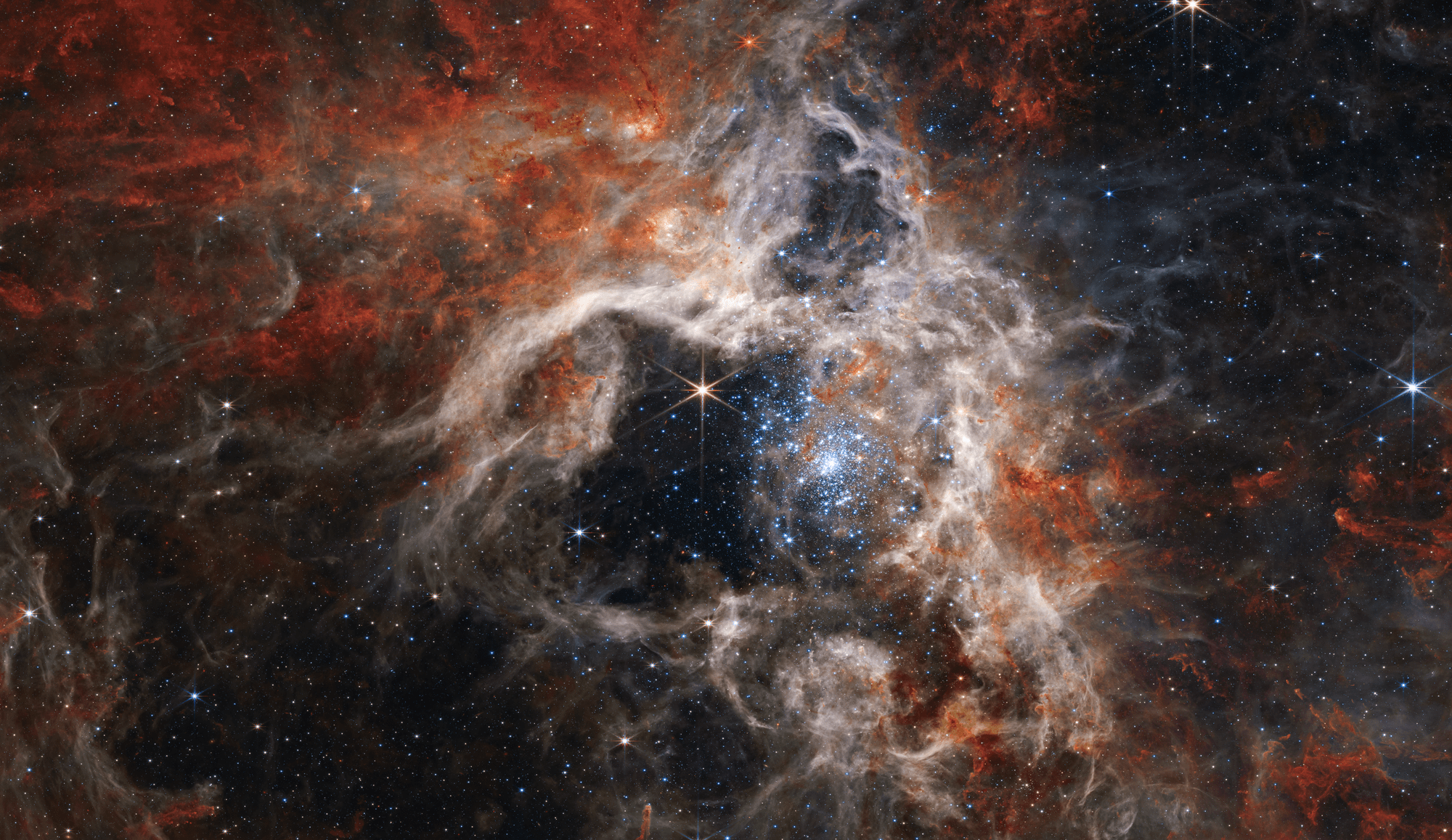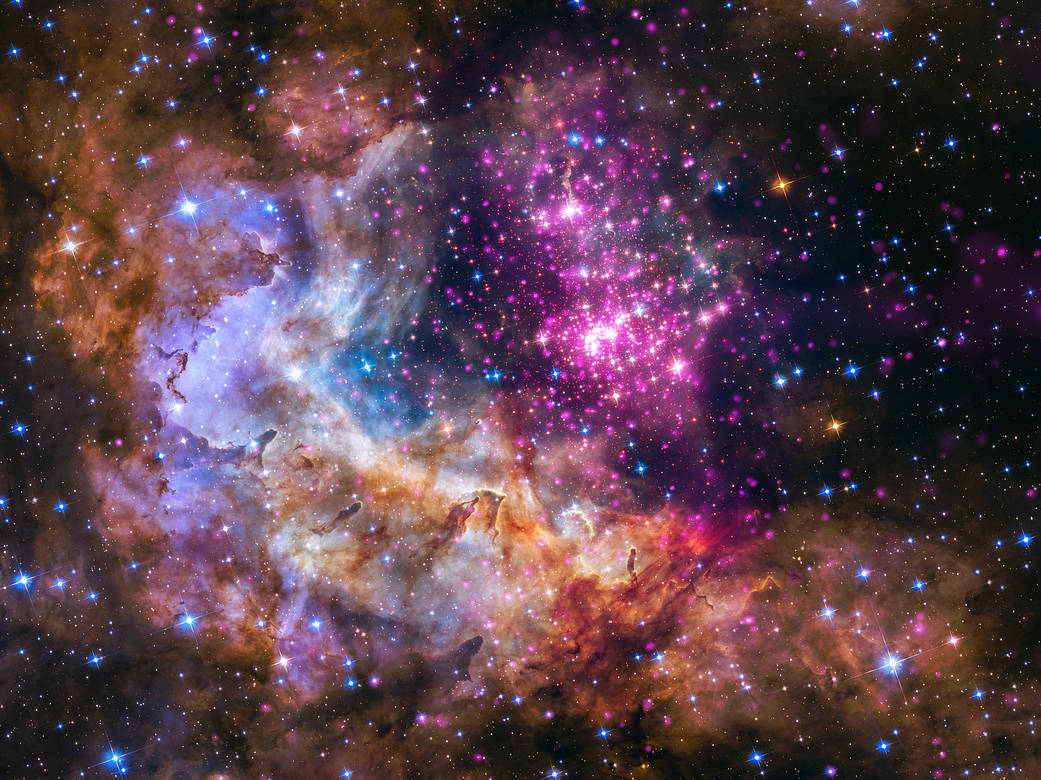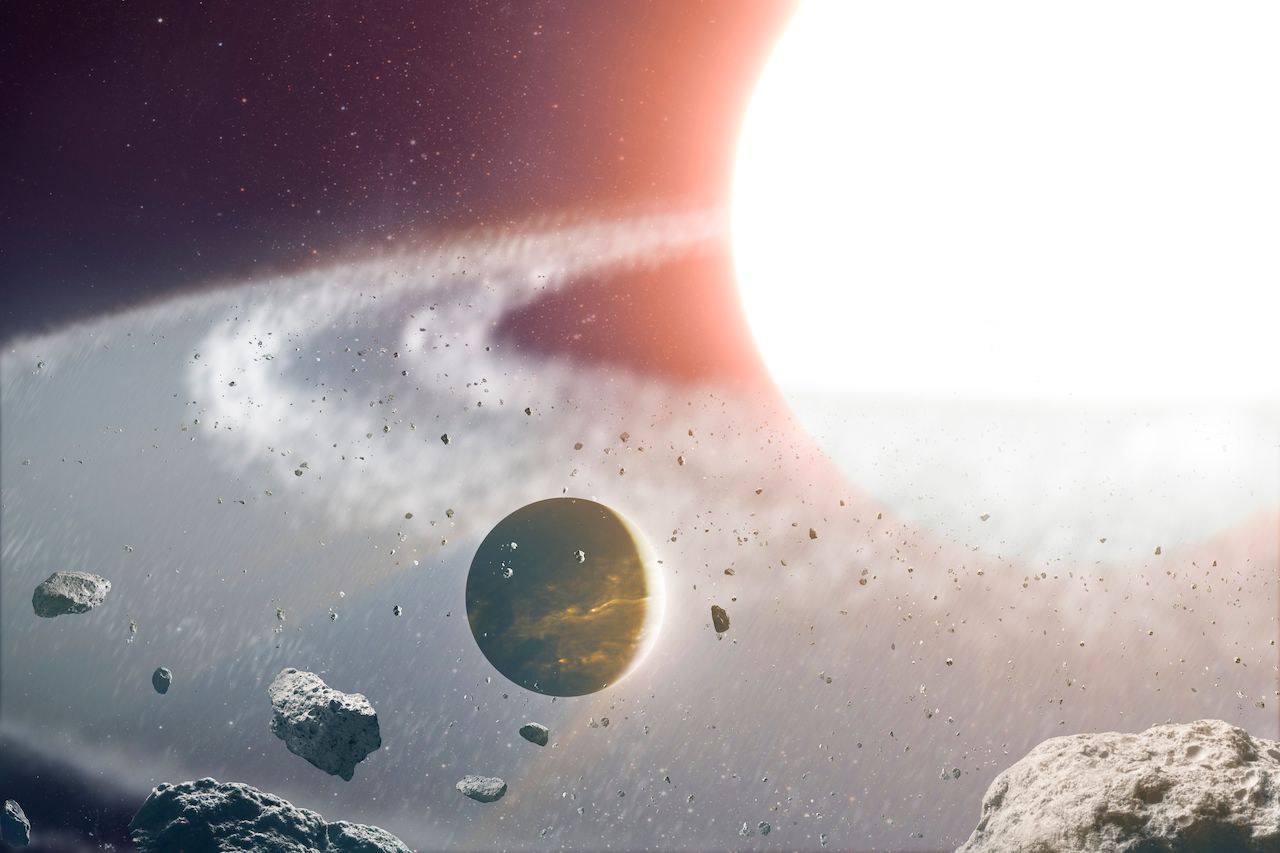6 min read NASA Research To Be Featured at American Astronomical Society Meeting In this mosaic image stretching 340 light-years across, Webb’s Near-Infrared Camera (NIRCam) displays the Tarantula Nebula star-forming region in a new light, including tens of thousands of never-before-seen young stars that were previously shrouded in cosmic dust. The most active region appears to sparkle with massive young stars, appearing pale blue. NASA, ESA, CSA, STScI, Webb ERO Production Team From new perspectives on the early universe to illuminating the extreme environment near a black hole, discoveries from…
Read MoreTag: TESS (Transiting Exoplanet Survey Satellite)
NASA’s TESS Returns to Science Operations
2 min read NASA’s TESS Returns to Science Operations NASA’s TESS (Transiting Exoplanet Survey Satellite) has returned to work after science observations were suspended on April 8, when the spacecraft entered into safe mode. All instruments are powered on and, following the successful download of previously collected science data stored in the mission’s recorder, are now making new science observations. Analysis of what triggered the satellite to enter safe mode is ongoing. The TESS mission is a NASA Astrophysics Explorer operated by MIT in Cambridge, Massachusetts. Launched in 2018, TESS…
Read MoreNASA Features New Discoveries at American Astronomical Society Meeting
5 min read NASA Features New Discoveries at American Astronomical Society Meeting A cluster of young stars – about one to two million years old – located about 20,000 light years from Earth. X-ray: NASA/CXC/SAO/Sejong Univ./Hur et al; Optical: NASA/STScI Experts will discuss new research from NASA missions at the 243rd meeting of the American Astronomical Society (AAS), on topics ranging from planets outside our solar system to fleeting, high-energy explosions in the universe. The meeting will take place Jan. 7-11 at the New Orleans Ernest N. Morial Convention Center…
Read MoreDiscovery Alert: The Planet that Shouldn’t Be There
3 min read Discovery Alert: The Planet that Shouldn’t Be There Artist’s rendering of planet 8 Ursae Minoris b – also known as “Halla” – amid the field of debris after a violent merger of two stars. The planet might have survived the merger, but also might be an entirely new planet formed from the debris. W. M. Keck Observatory/Adam Makarenko By Pat Brennan NASA’s Exoplanet Exploration Program The discovery: A large planet is somehow orbiting a star that should have destroyed it. Key facts: Planet 8 Ursae Minoris b orbits a…
Read More

